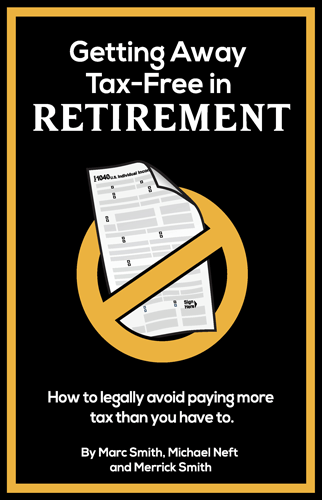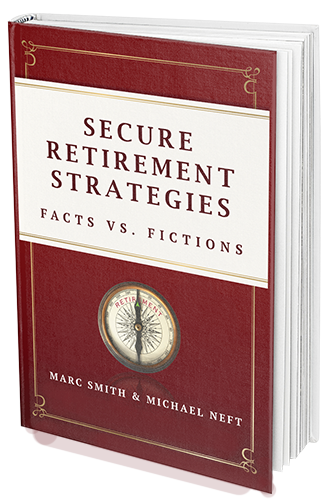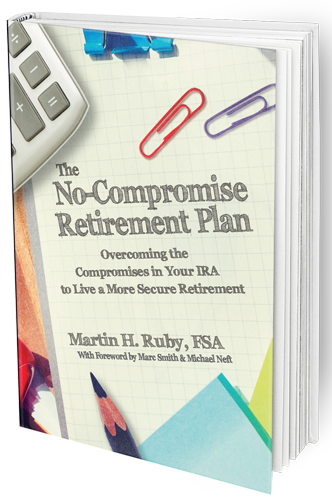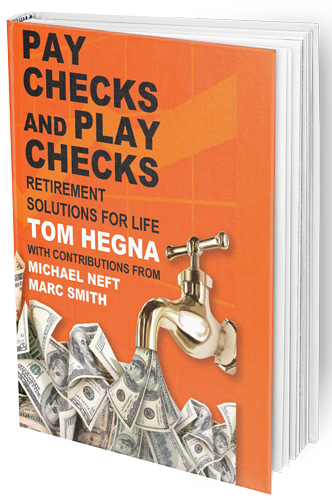Planning For Retirement: The Best Funding Strategies for Life Insurance Retirement Plans
You have a lot on your mind when you’re planning and considering how to pay for retirement. You need to figure out how much money you will need, how you can make that money last, and what funding strategies you should use to get there. That is a lot to think about, especially when your mind is consumed with other obligations such as work, family, and personal commitments. However, planning and considering how to pay for your retirement is not something you should put off indefinitely. To ensure that your years after work are as stress-free and comfortable as possible, it is best to start thinking about how you can fund them now. A life insurance retirement plan (LIRP) is one of the most beneficial ways to do so. In this article, we explain why the funding strategies you employ for your LIRP matter.
What is a Life Insurance Retirement Plan?
When planning for retirement, a life insurance retirement plan is a savings strategy that uses life insurance to achieve your retirement goals. Basically, life insurance is used as an asset to fund your retirement. As the balance between the plans cash value and death benefit are actively managed, you use the money you have invested in the plan over time to reap tax-free income in your retirement years. At Secure Retirement Strategies, we are big advocates for examining LIRPs for our clients as possible vehicles for tax-free income because it’s a great way to hedge your money now against the sort of higher tax rates that the are almost certainly coming in the future. LIRPs allow you the same sort of tax implications as a Roth conversion, which leads us to examine how you can fund your LIRP.
How to Fund a Life Insurance Retirement Plan?
The first step to funding a life insurance retirement plan is to purchase a life insurance policy. At Secure Retirement Strategies, we specialize in working with various carriers that provide varying benefits and options for our clients. As part of our review process with you, we determine the best policy that matches your retirement needs and goals, as well as take into account your current situation and policy funding options. When you’re funding your LIRP, you essentially have two choices. First, you can use an IRA, a 401k, a 403b. You can transfer money directly from a qualified pre-tax account into your LIRP. When you do this, you’re going to pay tax on the money, but you’ll be gaining tax-free access down the road.
Another Strategy For Funding a LIRP?
Usually, during our working years, we have a decent amount of expenses, living costs, and other income drains toward the beginning. Often times those include child care, college savings, mortgages, higher food costs for larger family units, etc. But as our working years progress, and children move out of the house, perhaps we pay off our the mortgage early, and other things that reduce our cost of living, we end up with what can be termed “retained earnings”. This money that might seem like extra income, but in reality, we should view it in light of retirement and our non-working years. We’ll need those retained earnings to fund the years we plan on not earning a regular paycheck. LIRPs give you the ability to invest those retained earnings in a tax-free manner, such that you can build cash value in your policy over time, and withdrawal those earnings later down the road entirely tax-free.
Using Cash To Fund A LIRP?
Lastly, you can use cash. It may sounds silly, but many people find themselves with large balances in savings accounts and money market accounts predominantly because they got out of the market and were afraid to get back in. They want the cash to work for them again as an investment, but they don’t know what the best option is, or where they’ll get the most value from that cash investment. The LIRP gives that dormant cash a tax-free option for use in retirement. As you begin planning for retirement, or perhaps revamping your strategy, that’s a very appealing feature to have as part of your strategy.
Conclusion
A life insurance retirement plan is a funding strategy that uses life insurance to achieve your retirement goals. The beauty is you can use any or all of the above mentioned sources to fund your LIRP. It doesn’t have to create a big tax bill upfront. It doesn’t need to be restricted to just one of the funding strategies either. Secure Retirement Strategies works with clients on an annual basis to determine where the funds are coming from for their LIRP, so that it is the most tax efficient that it can be and best fits your goals and desires in retirement. When you come the conclusion that taxes are inevitably going to go up in the future, you need a plan that accounts for that, and minimizes your future tax burden as efficiently as possible. A LIRP is an excellent way to do that, and helping you plan to fund it is our specialty at SRS.







